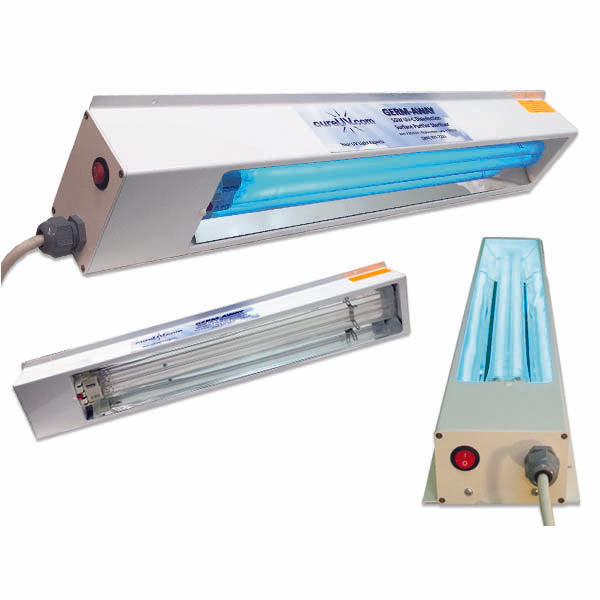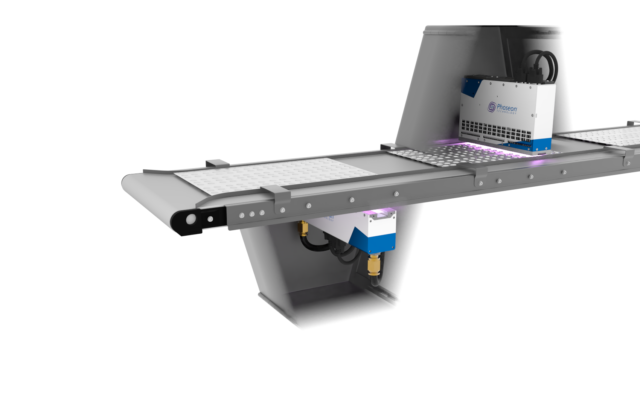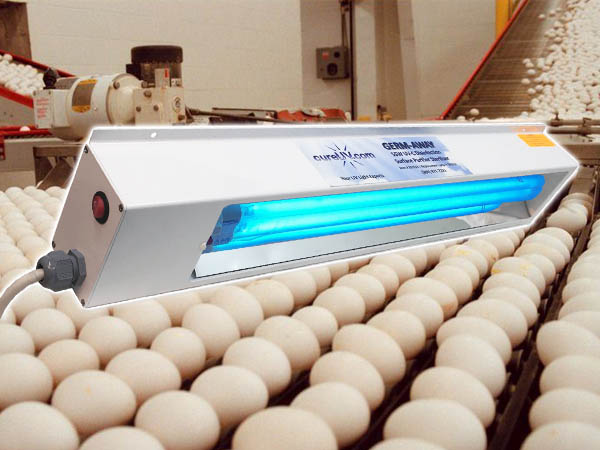Raise Your Tidiness Specifications with Advanced UV Surface Disinfection Modern Technology
Raise Your Tidiness Specifications with Advanced UV Surface Disinfection Modern Technology
Blog Article
Discovering UV Disinfection: A Vital Device in the Battle Versus Damaging Virus
As the globe deals with an ever-increasing risk from damaging microorganisms, the search for efficient approaches of sanitation has actually ended up being an urgent top priority. While typical cleansing techniques have actually shown some success, there is an expanding acknowledgment that we need to discover innovative methods to fight these unnoticeable adversaries. One such strategy that has garnered substantial interest is UV disinfection. Harnessing the power of ultraviolet light, this modern technology has actually shown appealing lead to eliminating a variety of virus. Yet just how does it function? What are the advantages? And where can it be used? In this conversation, we will certainly look into the world of UV sanitation, discovering its possible as a vital tool in the fight against unsafe microorganisms.
How Does UV Sanitation Job?
UV sanitation functions by utilizing ultraviolet (UV) light to eliminate damaging pathogens and prevent their spread. This extremely efficient approach entails using UV radiation to interrupt the DNA and RNA of bacteria, providing them unable to duplicate and causing their supreme damage.
When UV light is utilized for sanitation, it is typically discharged from a light or light bulb that produces a certain wavelength of UV-C light. uv surface disinfection. This wavelength, ranging from 200 to 280 nanometers, is especially effective at penetrating the external cell wall of germs, viruses, and other microbes. As soon as inside the cell, the UV radiation targets and harms the genetic product, stopping the microbe from triggering and replicating infection
UV disinfection systems are designed to produce the suitable intensity and duration of UV light to make sure reliable pathogen elimination. The dose of UV light needed for sanitation depends upon elements such as the type of microbe, its resistance to UV radiation, and the details application. Furthermore, the system should be thoroughly engineered to make certain correct direct exposure of the target microorganisms and to prevent any potential harm to human beings or the setting.
The Benefits of UV Disinfection
UV sanitation offers a wide range of advantages in efficiently eliminating unsafe virus and minimizing the risk of infection. Among the key benefits of UV disinfection is its capacity to give a environmentally friendly and chemical-free option. Unlike standard sanitation techniques that depend on chemicals, UV disinfection uses ultraviolet light to ruin the DNA and RNA of microorganisms, rendering them unable to recreate and create infections. This chemical-free technique guarantees that no unsafe residues are left, getting rid of any possible health and wellness threats connected with chemical anti-bacterials.
One more significant advantage of UV disinfection is its performance in killing a wide variety of pathogens. UV light has actually been confirmed to efficiently remove germs, infections, fungi, and protozoa, including those that are resistant to standard anti-bacterials. This broad-spectrum effectiveness makes UV disinfection a functional tool in different settings, such as health care facilities, water treatment plants, and food handling industries.
Along with its effectiveness, UV sanitation additionally offers quick sanitation cycles. Unlike other methods that need extended get in touch with times or recurring applications, UV disinfection can accomplish substantial microorganism reduction immediately. This effective and quick process permits boosted efficiency, reduced downtime, and raised general operational efficiency.
Additionally, UV sanitation is a non-contact approach, which implies that it does not call for direct physical contact with the surfaces or items being disinfected. This attribute makes it suitable for usage on delicate equipment and delicate products that might be damaged or impacted by various other sanitation approaches.
Applications of UV Sanitation in Medical Care

UV sanitation is also made use of in the sterilization of medical equipment and instruments (uv surface disinfection). The high strength of UV light can properly eliminate germs, infections, and other microorganisms, making sure that clinical tools are totally free and safe from impurities. Additionally, UV sanitation is made use of in water treatment systems within medical care facilities. UV light can inactivating harmful germs, infections, and bloodsuckers, making the water safe for consumption and reducing the risk of waterborne infections.
Additionally, UV disinfection innovation is employed in the disinfection of medical care attires and individual safety tools (PPE) By making use of UV light, healthcare professionals can guarantee that their attires and PPE are devoid of microorganisms, avoiding the transmission of infections in between clients and healthcare workers.
UV Sanitation in Public Spaces
Public rooms are significantly applying UV sanitation modern technology as an important procedure to battle the spread of hazardous pathogens. With redirected here the ongoing international pandemic and the continuous danger of contagious conditions, the demand for efficient sanitation approaches in public areas has ended up being paramount. UV sanitation offers a trustworthy and reliable solution hereof.

UV sanitation systems utilize ultraviolet light to deactivate the DNA and RNA of bacteria, infections, and various other virus. The usage of UV disinfection technology in public spaces not just aids in minimizing the danger of infection however also instills confidence amongst the public concerning their safety.
As public areas remain to adjust to the challenges positioned by contagious illness, UV sanitation modern technology plays a crucial duty in guaranteeing a risk-free and clean environment. By applying such actions, public areas can efficiently reduce the spread of hazardous pathogens and add to the general wellness of the community.
The Future of UV Sanitation Innovation
As the demand for boosted sanitation approaches remains to grow in feedback to the recurring international pandemic and the consistent hazard of transmittable diseases, the future of UV disinfection modern technology holds encouraging improvements in ensuring much more efficient and effective pathogen obliteration in different setups.

One area of improvement is the growth of even more compact and mobile UV sanitation devices. Furthermore, advancements in automation and robotics are being checked out to improve the efficiency and performance of UV sanitation procedures.
Another area of expedition is the use of UV disinfection in air filtration systems. By integrating UV-C lights right into cooling and heating systems, air-borne virus can be efficiently neutralized, reducing the threat of transmission in indoor atmospheres.
Additionally, scientists are checking out using UV sanitation in food handling facilities to guarantee the safety and top quality of foodstuff. UV-C light try this out has been located to be effective in removing foodborne pathogens, providing a chemical-free choice to traditional sanitation techniques.
Conclusion
Finally, UV disinfection is an essential device in the fight against damaging pathogens. Its efficiency in killing bacteria, infections, and other microorganisms makes it a beneficial innovation in health care settings and public spaces. With its ability to provide a chemical-free and environmentally friendly technique of disinfection, UV modern technology holds excellent prospective for the future. Its prevalent implementation can add to the prevention of infections and the improvement of public health.
UV sanitation systems are created to send out the proper intensity and duration of UV light to make certain reliable pathogen elimination. The dose of UV light needed for sanitation depends on factors such as the type of microbe, its resistance to UV radiation, and the certain application. Unlike traditional sanitation methods that depend on chemicals, UV disinfection makes use of ultraviolet light to ruin the DNA and RNA of microorganisms, rendering them not able to reproduce and cause infections.In addition to its efficacy, UV sanitation likewise uses fast sanitation cycles. One of the major applications of UV disinfection in healthcare is in the sanitation of patient rooms and operating cinemas.
Report this page